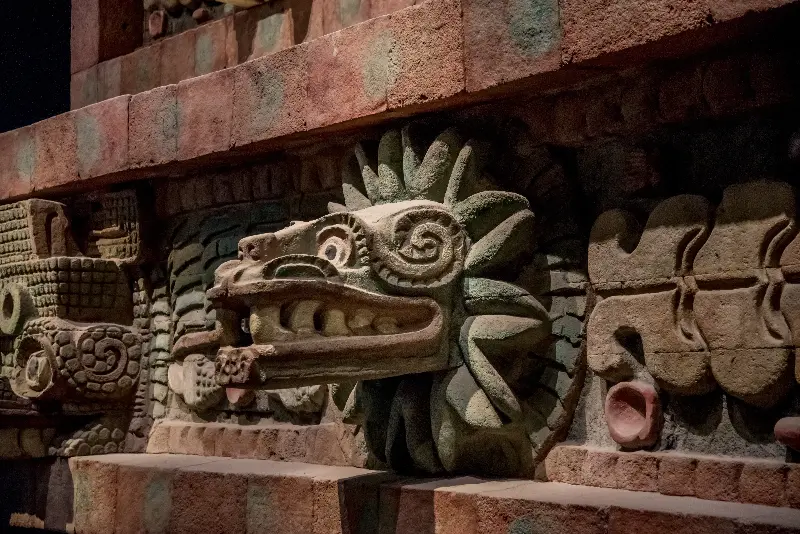
When you picture a snake, does a sense of curiosity or caution stir inside you? Few symbols have captivated civilisations quite like the serpent. From ancient wall carvings to modern-day medical logos, this sinuous creature slithers through our collective stories—as a bearer of both wisdom and healing. Why has the world placed its trust in the serpent as an emblem of hope, rather than simply as a creature of the wild? The answer is a fascinating journey through time, medicine, and myth.
Rooted in Myth, Rekindled in Science
Long before microscopes and vaccines, ancient healers sought meaning in nature. The Greeks, for example, revered the Rod of Asclepius—a single snake entwined around a staff—as the ensign of their god of medicine. This motif remains the global symbol of medical care today. Ancient stories claimed that Asclepius possessed the divine power to cure illness and prolong life, with the serpent as his loyal companion.
Why the snake? To early civilisations, snakes represented rejuvenation. Their ability to shed their skins seemed nothing short of miraculous. This act symbolised renewal, transformation, and the ongoing cycle of life—a powerful metaphor for the healing process.

Universal Emblem Across Cultures
It’s not just Greece. The snake’s healing intrigue stretches from the pharaohs of Egypt, who wore the “uraeus” serpent on their crowns for protection and health, to the Hindu god Shiva, who wears a snake symbolising fertility and regeneration. In Chinese tradition, the snake stands for intelligence and is linked to the life-force energy known as “qi”.
Consider these cross-cultural echoes:
- In ancient Mesoamerica, the feathered serpent god Quetzalcoatl represented both rebirth and medicine.
- The ouroboros—a serpent eating its own tail—was a symbol of eternity and wholeness, used by alchemists seeking to “heal” substances and souls alike.
- Even in Christian art, the bronze serpent of Moses was lifted to cure ailing Israelites in the desert, demonstrating a rare biblical embrace of the snake as a symbol of salvation.
This link between transformation and healing is why the serpent commands trust despite its dangerous reputation: the promise of survival and hope in the face of adversity.
Modern Medicine and the Mark of the Serpent
Have you noticed ambulances or pharmacies bearing the Rod of Asclepius, or sometimes the caduceus (with two snakes and wings, albeit often confused with commerce’s own symbol)? The reason isn’t just tradition; it’s about faith in the science of renewal, recovery, and continuous learning.
Doctors and healers still see themselves as mediators between chaos and cure—echoing the timeless bond between serpent and staff. Even in a hyper-rational age, the world trusts this ancient icon as a reminder that medicine is both art and science, forever adapting, transforming, healing.
Why We Still Trust This Coiled Guardian
What secrets do snakes whisper, generation after generation? Perhaps it’s their capacity for change, their elegant resilience, or the hint of the unknown that draws us in. Perhaps it’s that shared human hope: that even after the darkest illness, there is a path to renewal. By embracing the serpent, global cultures encode resilience and optimism into the very emblem of healing.
Next time you catch sight of the serpent on a hospital wall or medical ID, reflect for a moment—what ancient wisdoms are we carrying forward? Maybe the real remedy is not just in medicine’s progress, but in the enduring belief that, like the serpent, healing is always possible, if we’re willing to shed yesterday’s skin and step into tomorrow.
